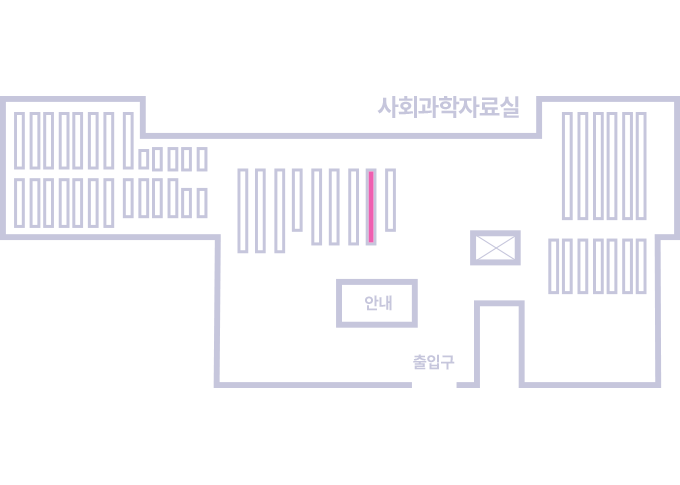권호기사보기
| 기사명 | 저자명 | 페이지 | 원문 | 기사목차 |
|---|
| 대표형(전거형, Authority) | 생물정보 | 이형(異形, Variant) | 소속 | 직위 | 직업 | 활동분야 | 주기 | 서지 | |
|---|---|---|---|---|---|---|---|---|---|
| 연구/단체명을 입력해주세요. | |||||||||
|
|
|
|
|
|
* 주제를 선택하시면 검색 상세로 이동합니다.
| 기사명 | 저자명 | 페이지 | 원문 | 목차 |
|---|---|---|---|---|
| 진주조개를 모방한 생체모방 복합재료의 저속충격 해석 | 조승운 ;범현규 | pp.1-6 |
|
|
| 인장 하중을 받는 무한 고체에 포함된 다수의 이방성 함유체 문제 해석을 위한 체적 적분방정식법 | 이정기 | pp.7-13 |
|
|
| 마이크로 유전자 알고리즘을 이용한 외부 수압을 받는 필라멘트 와인딩 복합재 원통의 최적 설계 | 문철진 ;권진회 ;최진호 | pp.14-20 |
|
|
| 복합재료/금속 계면의 혼합모드 피로 특성 | 백상호 ;김원석 ;장창재 ;이정주 | pp.21-27 |
|
|
| 트리거 모델에 따른 일방향 케블라/에폭시 복합재 튜브의 축방향 압괴 거동 연구 | 김형욱 ;김정석 ;정현승 ;윤혁진 ;권태수 | pp.28-34 |
|
|
| 하이브리드 섬유로 보강한 고강도 경량 시멘트 복합체의 개발 | 방진욱 ;김정수 ;이방연 ;장영일 ;김윤용 | pp.35-43 |
|
|
| GFRP 보강 철근콘크리트 합성부재의 구조적 거동 | 이승식 ;주형중 ;강인규 ;윤순종 | pp.44-51 |
|
| 번호 | 참고문헌 | 국회도서관 소장유무 |
|---|---|---|
| 1 | High Performance Fiber Reinfoired Cement Composites in Construction Field | 소장 |
| 2 | Kok Seng Chia, Min-Hong Zhang, “Water permeability and chloride penetrability of high-strength lightweight aggregate concrete,” Journal of Cement and Concrete Reserch 32, 2002, pp. 639-645. | 미소장 |
| 3 | The effect of high temperature curing on the strength and carbonation of pozzolanic structural lightweight concretes  |
미소장 |
| 4 | Bing Chen, Juanyu Liu, “Contribution of hybrid fiber on the properties of the high-strength lightweight concrete having good workability,” Journal of Cement and Concrete Reserch, 35, 2006, pp. 913-917. | 미소장 |
| 5 | Effect of Volume Fraction of Fibers on the Mechanical Properties of a Lightweight Aggregate Concrete Reinforced with Polypropylene Fibers | 소장 |
| 6 | Tensile Strain-Hardening Behavior of Polyvinyl Alcohol Engineered Cementitious Composite (PVA-ECC)  |
미소장 |
| 7 | Characterization of Rheology on the Multi-Ingredients Paste Systems Mixed with Mineral Admixtures | 소장 |
| 8 | Development of an ECC (Engineered Cementitious Composite) Designed with Ground Granulated Blast Furnace Slag | 소장 |
| 9 | Z. Lin, T. Kanda, and V. C. Li, “On interface property characterization and performance of fiber-reinforced cementitious composites,” Concrete Science and Engineering, 1, 1999, pp. 173-184. | 미소장 |
| 10 | Design and Constmctibility of an Engineered Cemen1itious Composite Produced with Cement-based Mortar Matrix and Synthetic Flben | 소장 |
| 11 | Design of Green Engineered Cementitious Composites for Improved Sustainability  |
미소장 |
| 12 | T. Kanda, and V.C. Li, “Interface Property and Apparent Strength of a High Strength Hydrophilic Fiber in Cement Matrix,” ASCE J. Materials in Civil Engineering, Vol. 10, No. 1, 1998, pp. 5-13. | 미소장 |
| 13 | Quantitative Evaluation Fiber Dispersion of the Fiber-Reinforced COment COmposites Using an Image Processing Technique | 소장 |
*표시는 필수 입력사항입니다.
| *전화번호 | ※ '-' 없이 휴대폰번호를 입력하세요 |
|---|
| 기사명 | 저자명 | 페이지 | 원문 | 기사목차 |
|---|
| 번호 | 발행일자 | 권호명 | 제본정보 | 자료실 | 원문 | 신청 페이지 |
|---|
도서위치안내: / 서가번호:

우편복사 목록담기를 완료하였습니다.
*표시는 필수 입력사항입니다.
저장 되었습니다.